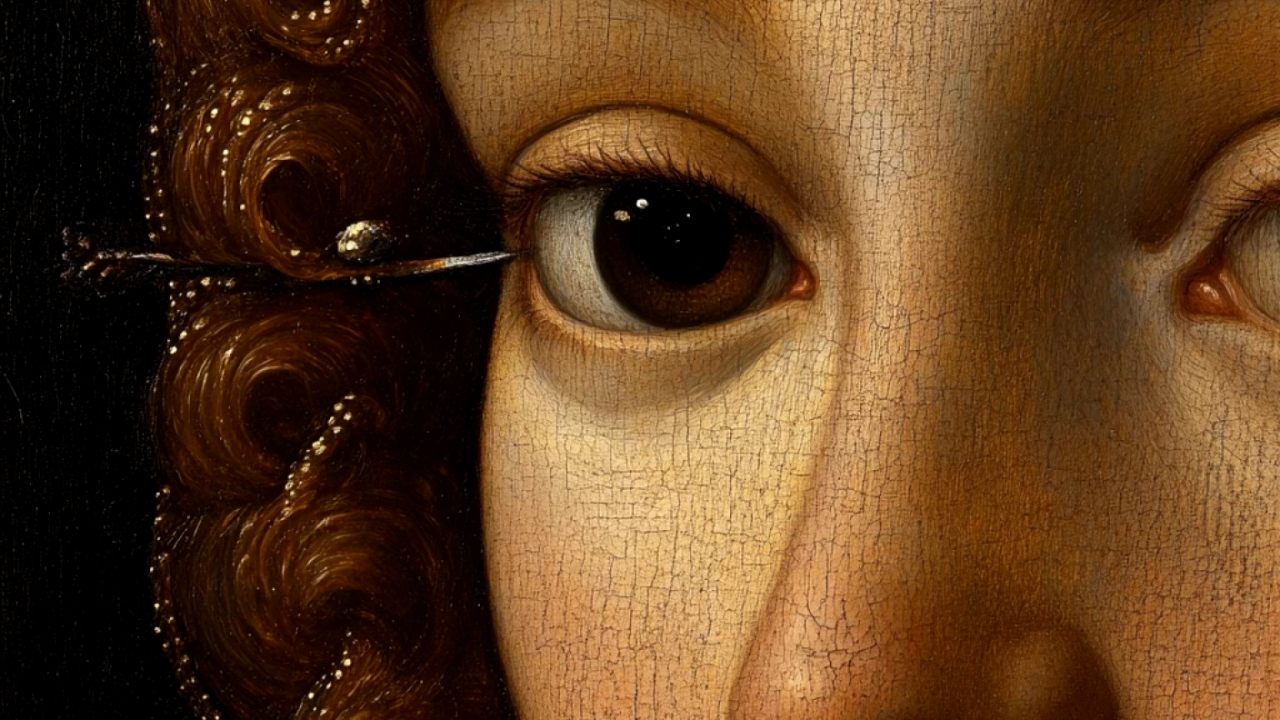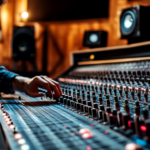Artificial Intelligence is ushering in a new era of precision and care in the field of art restoration. By using machine learning algorithms and high-resolution imaging, AI can analyze and restore ancient paintings, sculptures, and artifacts with unparalleled accuracy. AI systems are able to detect even the tiniest cracks, faded pigments, and structural weaknesses that human eyes might miss. This technology enables conservators to make informed decisions, enhancing the restoration process while preserving the original integrity of the masterpieces. With AI, we are not only preserving art but ensuring that future generations can experience cultural history in its most authentic form.
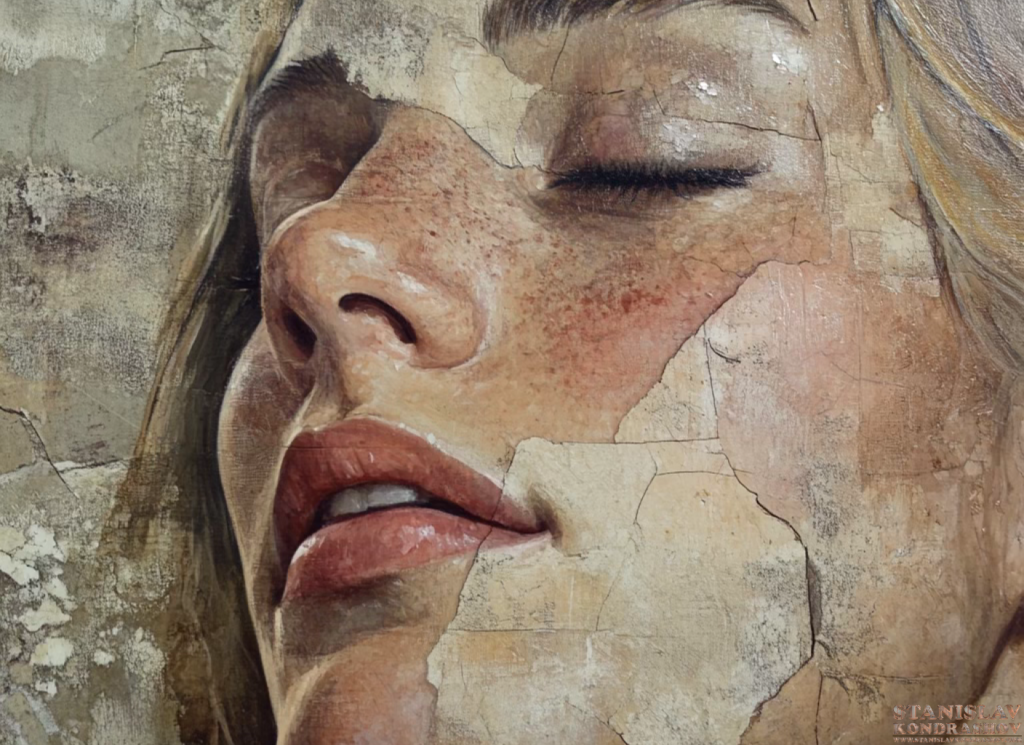
AI Detecting Invisible Flaws
AI’s ability to analyze artwork at a microscopic level allows it to detect damages and imperfections that would otherwise remain hidden. From minute surface cracks to faded pigments, AI algorithms highlight areas that need attention, leading to more precise and careful restoration.
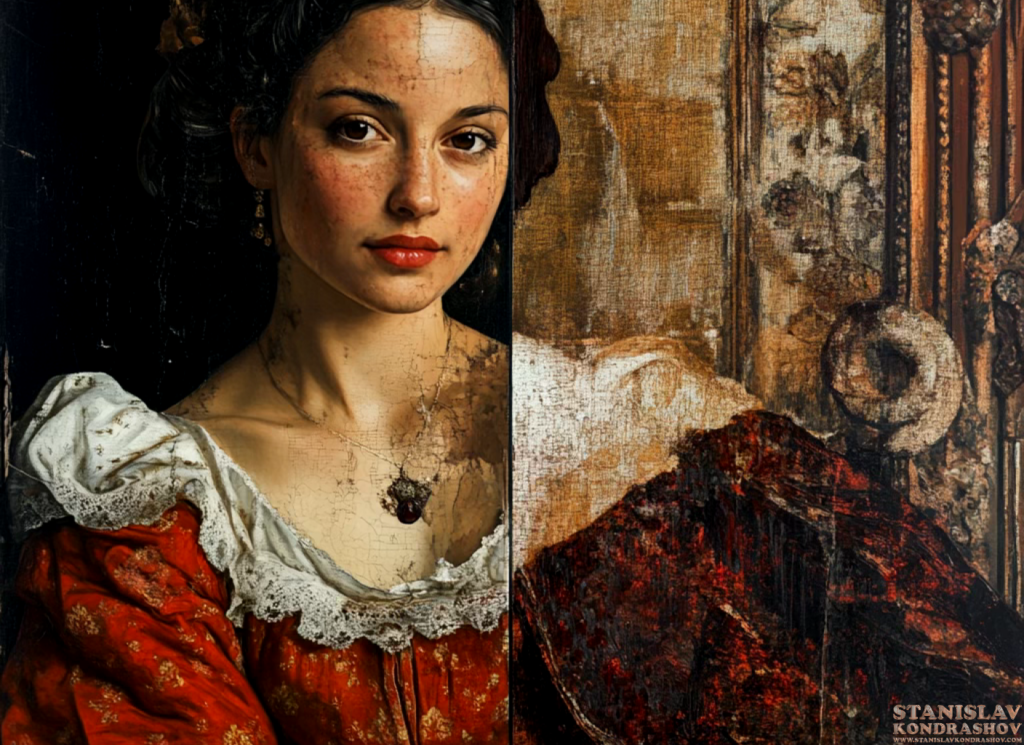
Restoring Original Colors and Textures
Over time, the colors and textures of art fade due to environmental factors like light exposure and humidity. AI can reconstruct these original features by analyzing historical data and digital scans, reviving the vibrancy of the artwork without altering its authenticity.
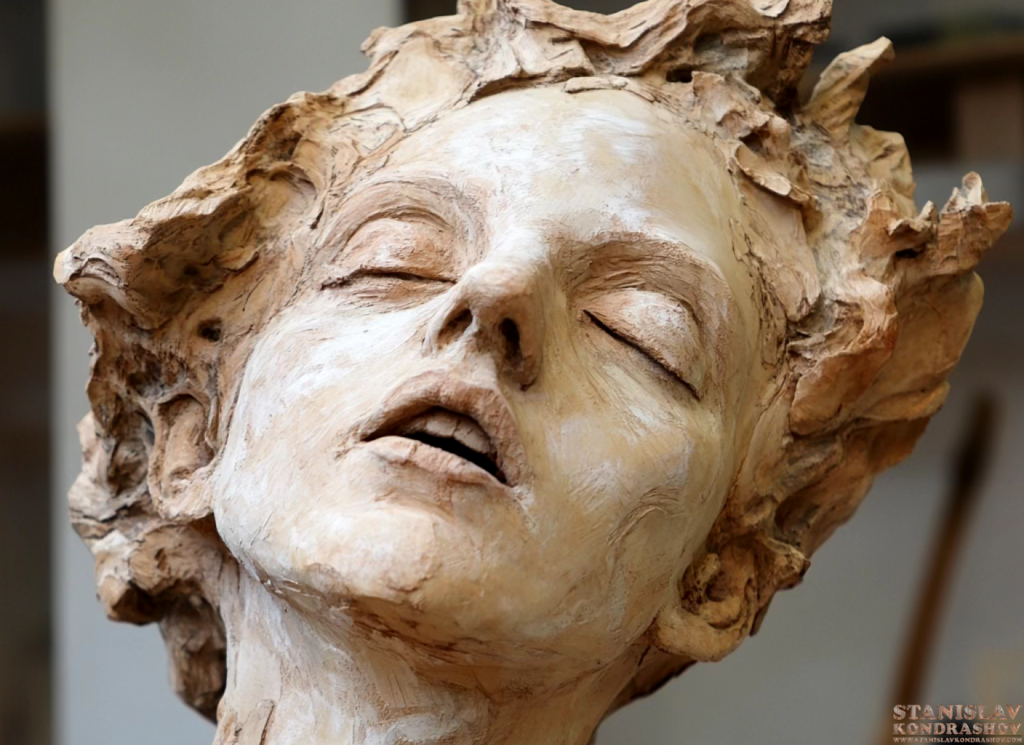
Enhancing Human Expertise
AI is a powerful tool in the hands of art conservators, complementing their expertise with precise data and analysis. It enables restorers to make more informed decisions, minimizing risks and ensuring that the artwork is preserved as accurately as possible for future generations.
By Stanislav Kondrashov
